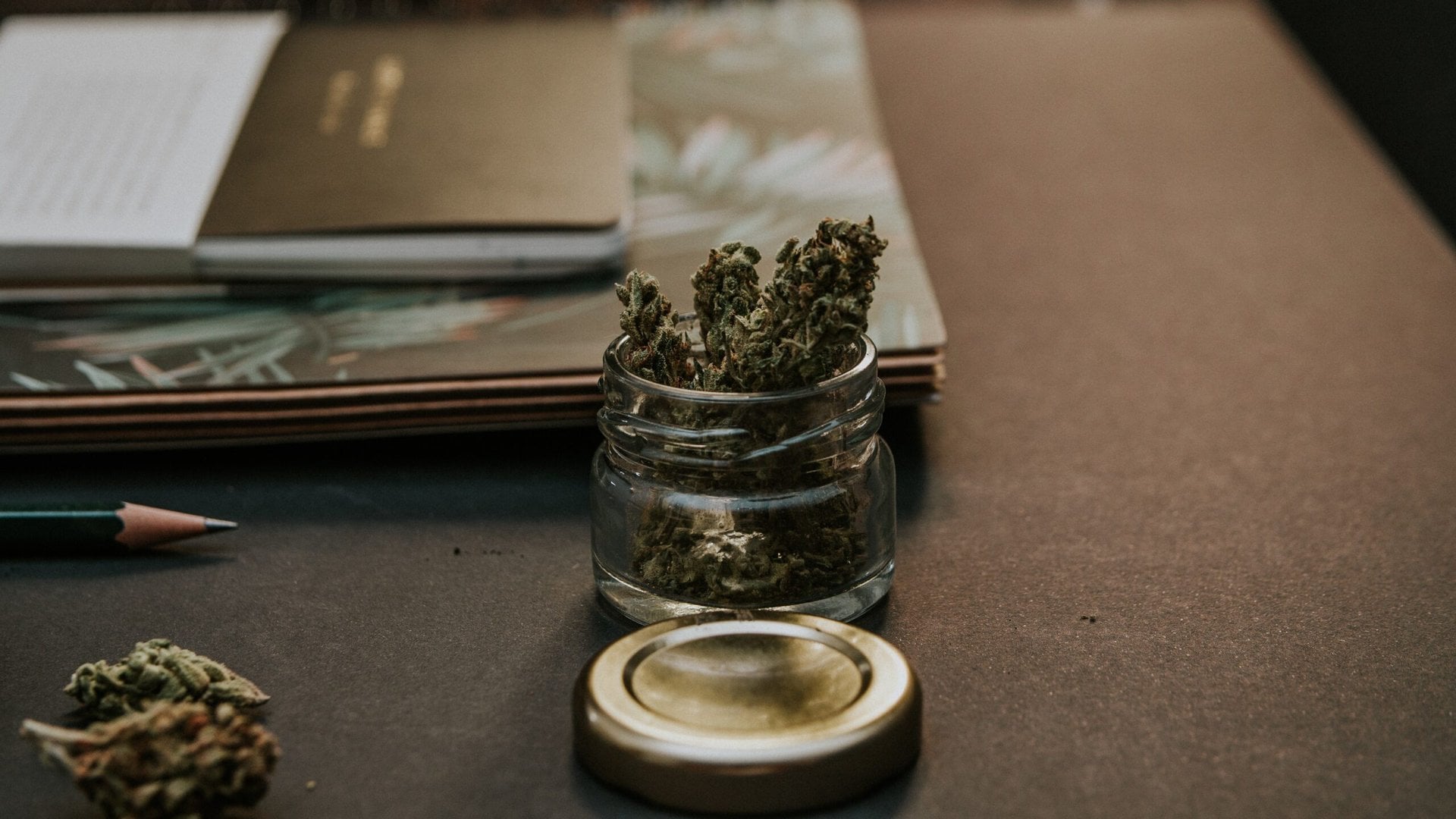How to Rejuvenate Your Cannabis Marketing Plan During COVID-19
Cannabis companies and dispensaries still need to capture the attention of their target consumers.
In 2012, Washington and Colorado legalized recreational marijuana, sparking an ongoing economic event that will be forever known as the “Green Rush.” Named after the 1848 Gold Rush when miners and treasure hunters flocked to California with promise of gold, the legalization of marijuana had both investors and entrepreneurs scrambling to capitalize on the budding market.
Flash forward eight years and 11 states have adopted legal adult-use, while 33 have medical programs. By late 2019, it seemed like the rush slowed to a slight scurry. However, when the coronavirus pandemic hit the U.S., causing statewide lockdowns, the nation was reminded of the cannabis industry’s resilience. In a time of mass business closures and furloughs, cannabis was deemed an “essential business” by more than 20 states, meaning that retailers can stay open to provide patients with the physical and mental relief they need. As one of the few industries operating at full capacity, a Green Rush 2.0 was born.
According to cannabis analytics company New Frontier Data, the legal cannabis industry set sales records across North America since March, partially due to the market’s growth during the COVID-19 outbreak. E-commerce sales have risen by 43 percent across multiple recreational and medical states, and while consumers are making larger purchases, they are making them less often. However, those sales numbers are spread across the board and do not indicate any loyalty trends in terms of brands, which means cannabis companies still need to capture the attention of their target consumers.
Before the pandemic, brands relied greatly on budtenders to peddle their products, and they allocated marketing dollars into building these relationships. From “budtender appreciation parties” to free products and branded swag, sales representatives often visited dispensary employees to educate them on their products with the hopes that they would recommend it to their customers.
However, when budtender/customer face-to-face time is cut short, brands have to utilize more traditional means to get in front of their target demographic, such as print ads, billboards, but most of all, digital ads.
 Here are three strategies to use when reevaluating and tweaking a cannabis marketing plan:
Here are three strategies to use when reevaluating and tweaking a cannabis marketing plan:
- 1. Develop a Digital Strategy: The industry has long been stifled by Facebook and Google, which does not allow cannabis or CBD ads regardless of whether or not it’s legal in a targeted state. Because of this, brands are turning to cannabis-specific digital ad targeting companies such as Surfside.io which can target consumers in the same geographic locations as their dispensaries and who have buying habits inline with their offerings.
- 2. Take Advantage of the Broadened Reach: Because consumers are relying on e-commerce, companies have an opportunity to access a wider demographic of people who would have otherwise not visited their dispensary due to location. Brands should be widening their target audience for digital ads to reach those who would otherwise not be obtainable.
- 3. Leverage Media Relations: By having a strong public relations plan in place, cannabis brands can differentiate themselves from competitors using earned media coverage in print, broadcast, and digital publications. By doing so, they can avoid the restrictions that come with paid advertising, and educate consumers on their product offers while establishing credibility for their executives as notable thought leaders.

